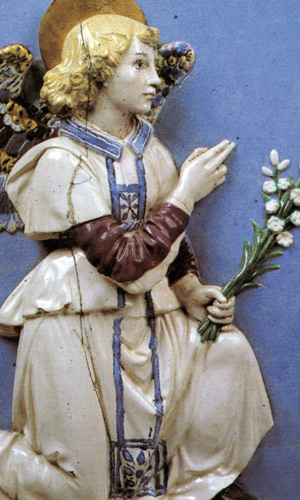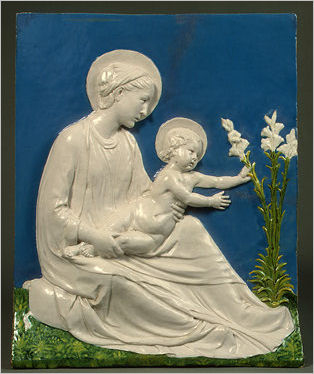On 31 August 1880 Margaret Tod and Ulisse Cantagalli were married in the Roman Catholic Cathedral of St. Mary’s, Edinburgh, with Ulisse’s brother Romeo, and Margaret’s brother Robert, as witnesses. His Grace, John Menzies Strain, Archbishop of St. Andrews and Edinburgh, officiated, thereby establishing a permanent bond between the two fine cities of Edinburgh and Florence (SCA).
The Tods of Edinburgh
Margaret’s father was Robert Tod, Mill owner, a partner in Alexander & Robert Tod Ltd., Leith Flour Mills (NAS D76/1056), and a Leith Harbour and Dock Commissioner (NAS SC70/4/298).




